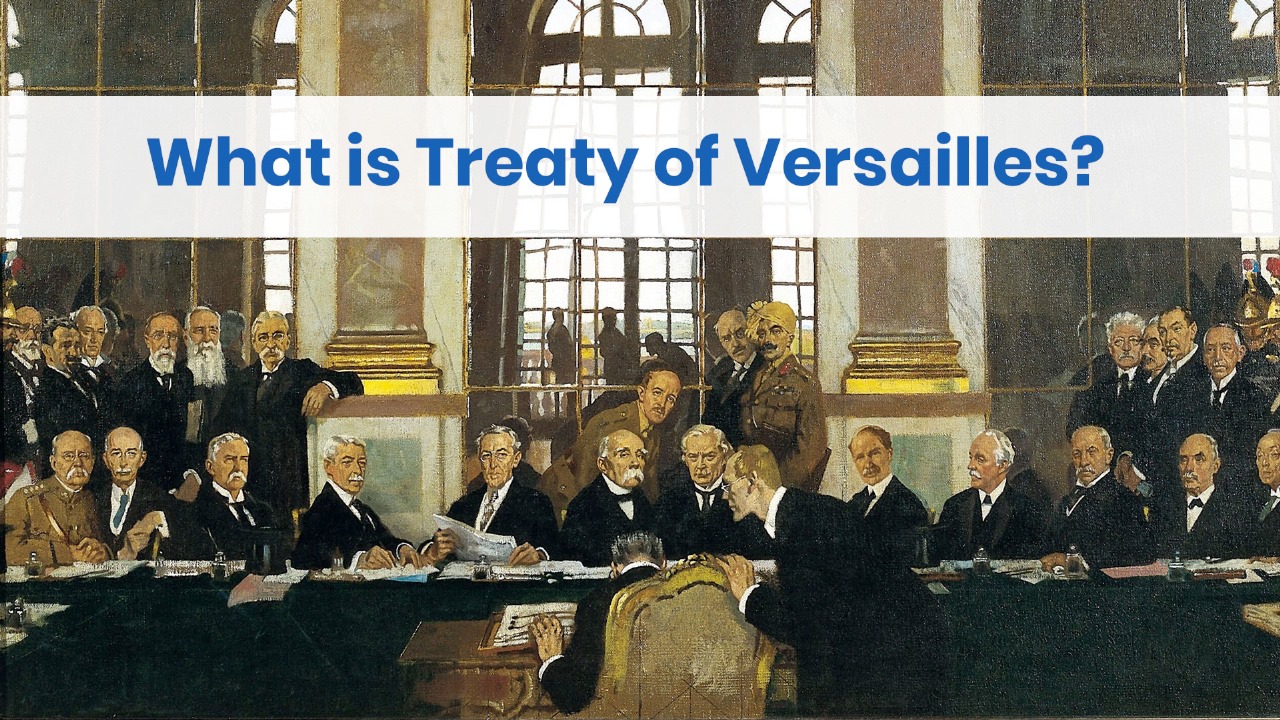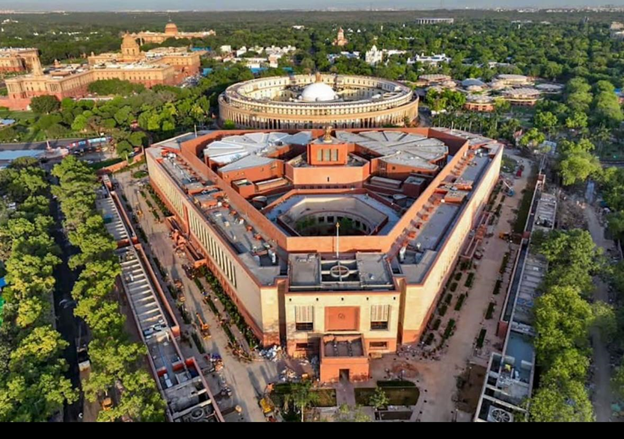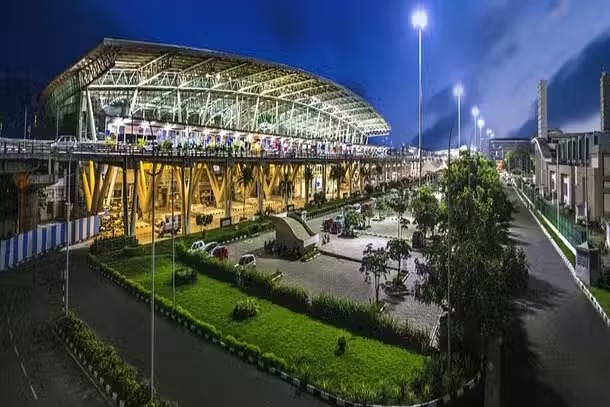The Union Budget for the fiscal year 2025-26, presented by Finance Minister Nirmala Sitharaman on February 1, 2025, outlines a comprehensive strategy aimed at fostering economic growth, enhancing public welfare, and stimulating private sector investments. This budget is framed around the theme of “Sabka Vikas” (Development for All) and aims to create a balanced growth trajectory across various sectors of the economy.
Budget Overview
-
-
- Total Expenditure: Estimated at ₹50.65 trillion, reflecting a 7.4% increase from the previous fiscal year.
- Total Receipts: Projected at ₹34.96 trillion, marking an 11.1% rise over the revised estimates for 2024-25.
- Fiscal Deficit: Set at 4.4% of GDP, down from 4.8% in the previous year.
- Capital Expenditure: Allocated ₹11.21 trillion, which is approximately 3.1% of GDP, emphasizing infrastructure and development projects.
-
Key Growth Engines
The budget identifies four primary engines driving India’s growth:
-
-
-
- Agriculture
- Micro, Small, and Medium Enterprises (MSMEs)
- Investment
- Exports
-
-
These sectors are supported by targeted reforms and initiatives aimed at enhancing productivity and competitiveness.
Strategies to Boost Private Sector Investments
Taxation Reforms
-
-
-
- The budget introduces significant reductions in personal income tax rates, particularly benefiting the middle class. This move is expected to increase disposable income and stimulate consumer spending, leading to higher demand for goods and services.
- A proposed overhaul of the direct tax code aims to simplify tax compliance and improve the overall investment climate.
-
-
Regulatory Simplification
-
-
-
- Establishment of a High-Level Committee for Regulatory Reforms is intended to streamline processes and reduce bureaucratic hurdles in business operations. This initiative aims to enhance the Ease of Doing Business in India.
-
-
Support for MSMEs
-
-
-
- Increased financial support for MSMEs includes raising credit limits under various schemes and providing easier access to loans. This support is crucial as MSMEs are vital for job creation and economic diversification.
-
-
Infrastructure Development
-
-
-
- The government plans to enhance infrastructure through significant capital expenditure on roads, railways, and urban development projects. This investment is expected to attract private sector participation in infrastructure development.
-
-
Focus on Innovation and R&D
-
-
-
- An allocation of ₹200 billion for private sector-driven research and development initiatives aims to foster innovation across industries. By supporting R&D, the government seeks to enhance competitiveness and attract more investment into high-tech sectors.
-
-
Sector-Specific Initiatives
-
-
-
- Agriculture: Launching initiatives like the Prime Minister Dhan-Dhaanya Krishi Yojana focuses on improving productivity and providing credit access to farmers, which can enhance agricultural output and rural incomes.
- Manufacturing: The budget emphasizes “Make in India” initiatives aimed at boosting domestic manufacturing capabilities through incentives and support measures.
-
-
Conclusion
The Union Budget 2025-26 presents a balanced approach towards economic growth by focusing on inclusive development while stimulating private sector investments through tax reforms, regulatory simplifications, infrastructure spending, and support for innovation. By addressing critical areas that impact both businesses and consumers, the government aims to create a robust economic environment conducive to sustainable growth in the coming years.
Spread the Word



